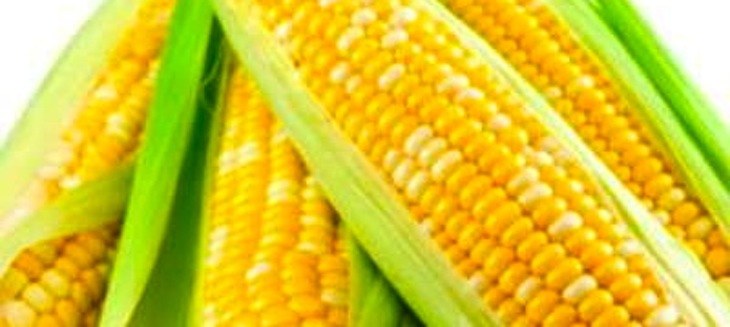Specialists on alert for corn fungus in Arkansas
by October 15, 2024 8:58 am 230 views

A fungal disease that has caused yield losses in corn has recently been found in Arkansas on decorative corn stalks, said Terry Spurlock, extension plant pathologist for the University of Arkansas System Division of Agriculture.
Tar spot, a disease caused by the fungus Phyllachora maydis, was first reported in the United States in Indiana and Illinois in 2015. Travis Faske, extension plant pathologist for the Division of Agriculture, said the disease has previously been noted in Canada and the Midwestern United States for several years but has so far only been confirmed in one southern state, Georgia.
While tar spot is known to be active in more than a dozen states, it has yet to be confirmed in commercial corn fields in Arkansas.
Spurlock said that he and extension corn agronomist Jason Kelley visited multiple chain stores in central Arkansas, noting the fungus on corn included in fall decorations at multiple locations. Extension agents in several areas of the state have also reported the signs of the fungus on decorative items in retail stores.
Spurlock said some of the plants appeared to have originated at a farm in Illinois. The origins of the others are unclear and “depending on the store, they say either ‘product of the U.S.A.’ or ‘product of Canada.’
“There have also been reports of corn with tar spot being sold as fall decor in Texas, Oklahoma, Mississippi, Louisiana, Tennessee and Alabama,” he said, noting that each of those states produce significant amounts of corn.
Kelley said it is a “big unknown whether this disease will be found in an Arkansas corn field in the coming years.
“Since the fungus has been brought into the state on decorative corn stalks, the chances of finding this disease on corn in coming years has definitely gone up,” Kelley said. “Can the disease be managed with foliar fungicides? Likely, but needs to be carefully managed and would likely add to production costs.”
Arkansas had 620,000 acres of corn in 2024. According to the Arkansas Agriculture Profile, the state’s corn crop was valued at $865 million. The United States Agriculture Department estimates that more than 82 million corn acres have been harvested in the U.S. in total and that has produced 15.2 billion bushels.
“The fungus produces circular lesions that are hard, black, raised spots that resemble flecks of tar,” Faske said. “However, the spots caused by the tar spot fungus do not rub off.
“Yield losses by the disease can be significant in areas where the fungus overwinters — Canada and the Midwest — when conditions favor disease development,” he said. “The fungus overwinters in corn debris and serves as the inoculum — the starting point for disease development in the subsequent cropping season.”
Spurlock said it was difficult to forecast the risks to commercial corn production unless the disease is confirmed in an active field.
“We do not know how important tar spot will be in future Arkansas corn crops,” Spurlock said. “However, to have disease, we need a susceptible host corn plant, a pathogen and an environment suitable for the pathogen to infect the host plant and reproduce.”
Faske said the disease could threaten farmers with increased management costs and reduced corn acreage. Because Arkansas’ climate differs significantly from the Midwestern states where tar spot is currently thriving, it’s unknown how well it might persist here, he said.
Spurlock said that individuals who have purchased corn that may carry the fungus should enclose the items in garbage bags and take them to the nearest Cooperative Extension Service office for proper disposal, to prevent the fungus from spreading.
“If that isn’t possible, then enclose it in a garbage bag and place it in a dumpster, preferably one away from production fields,” he said.
